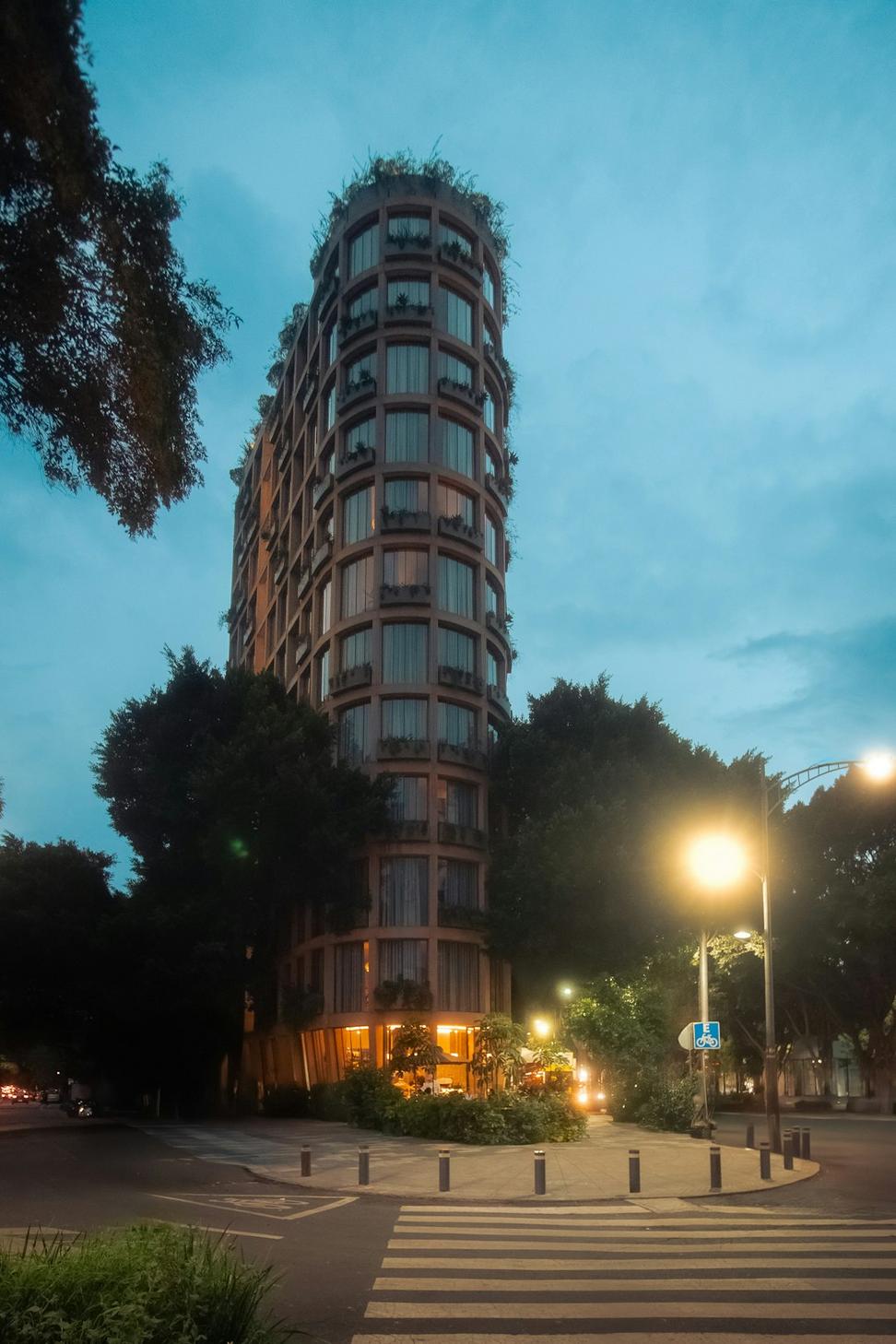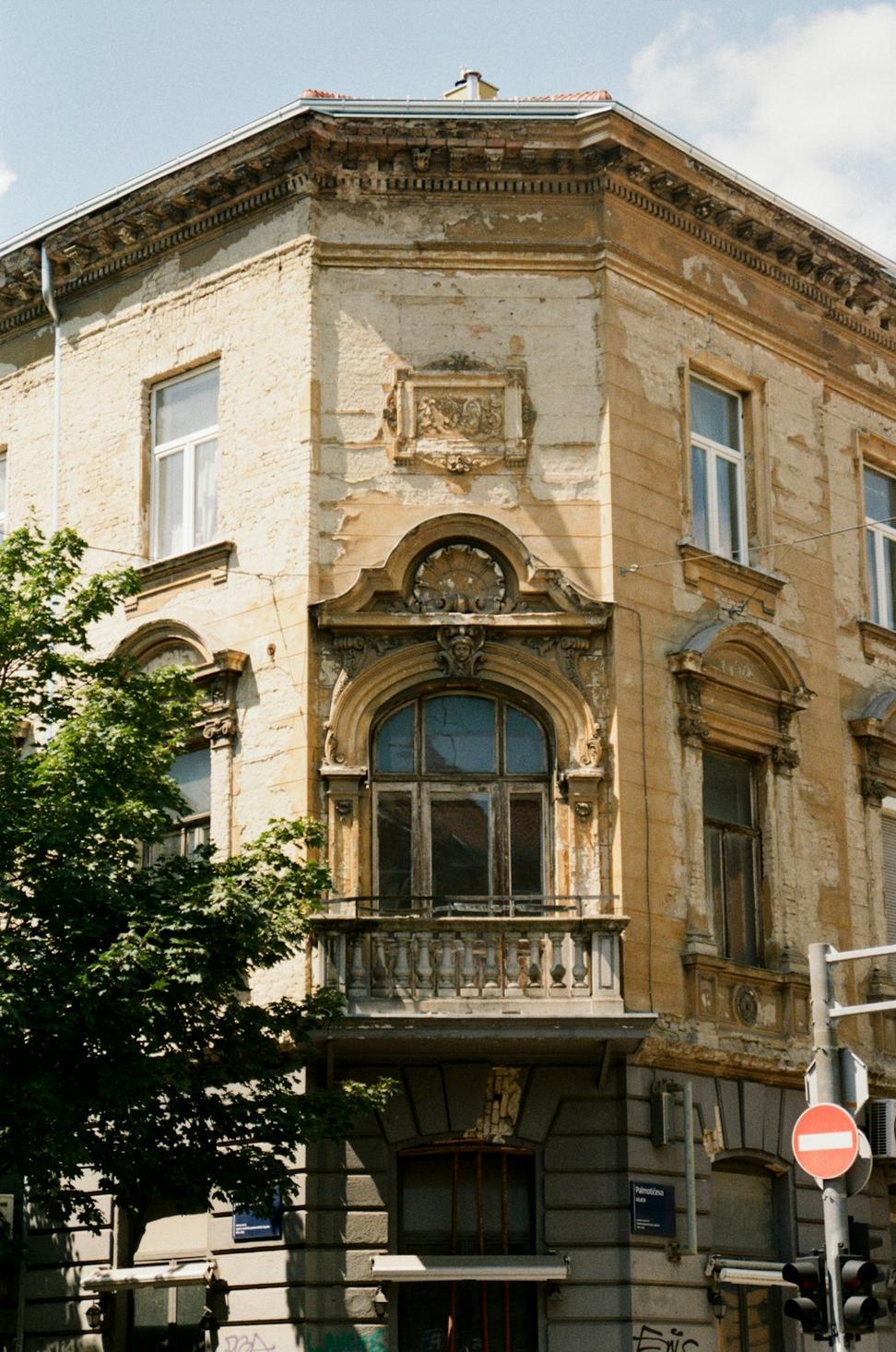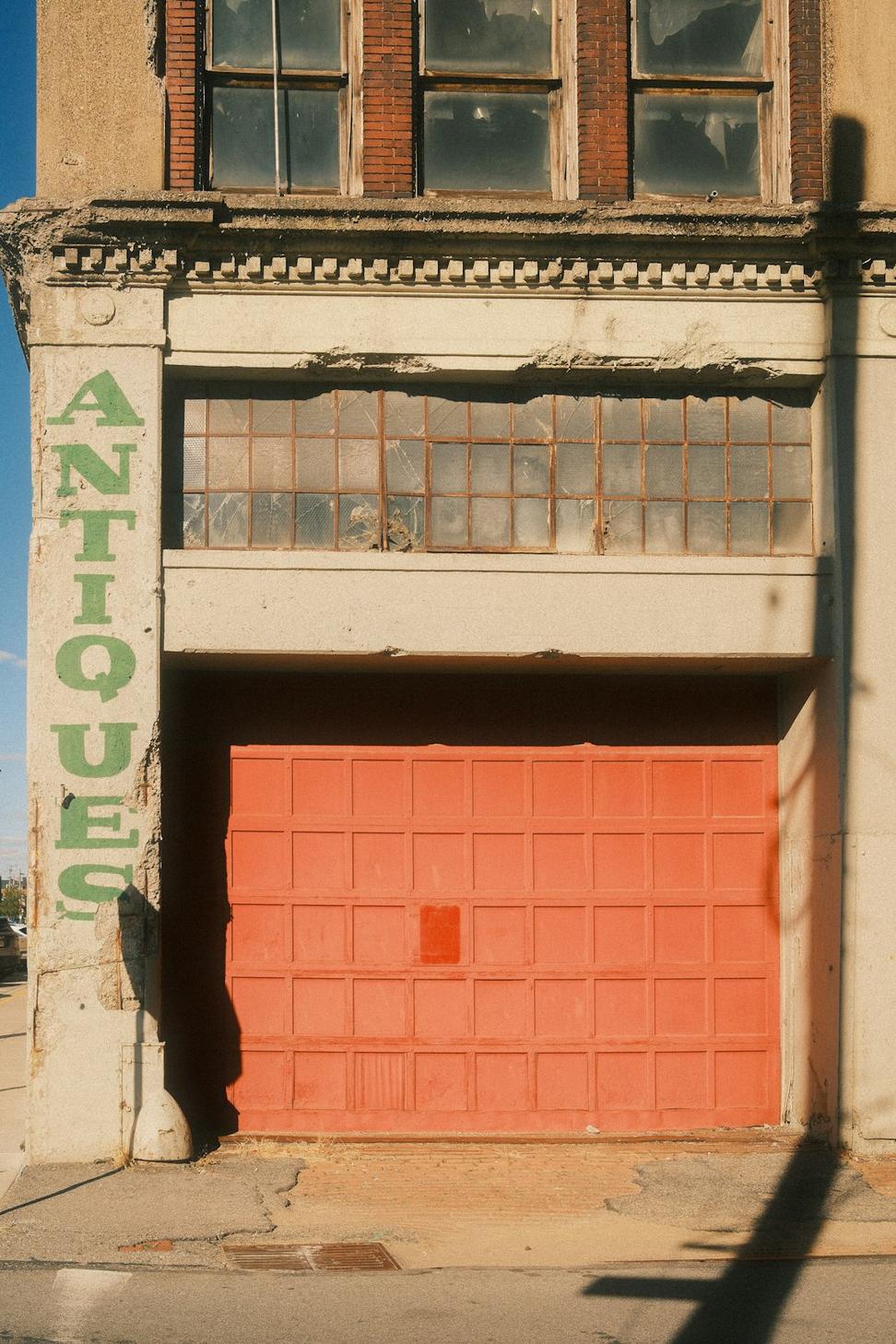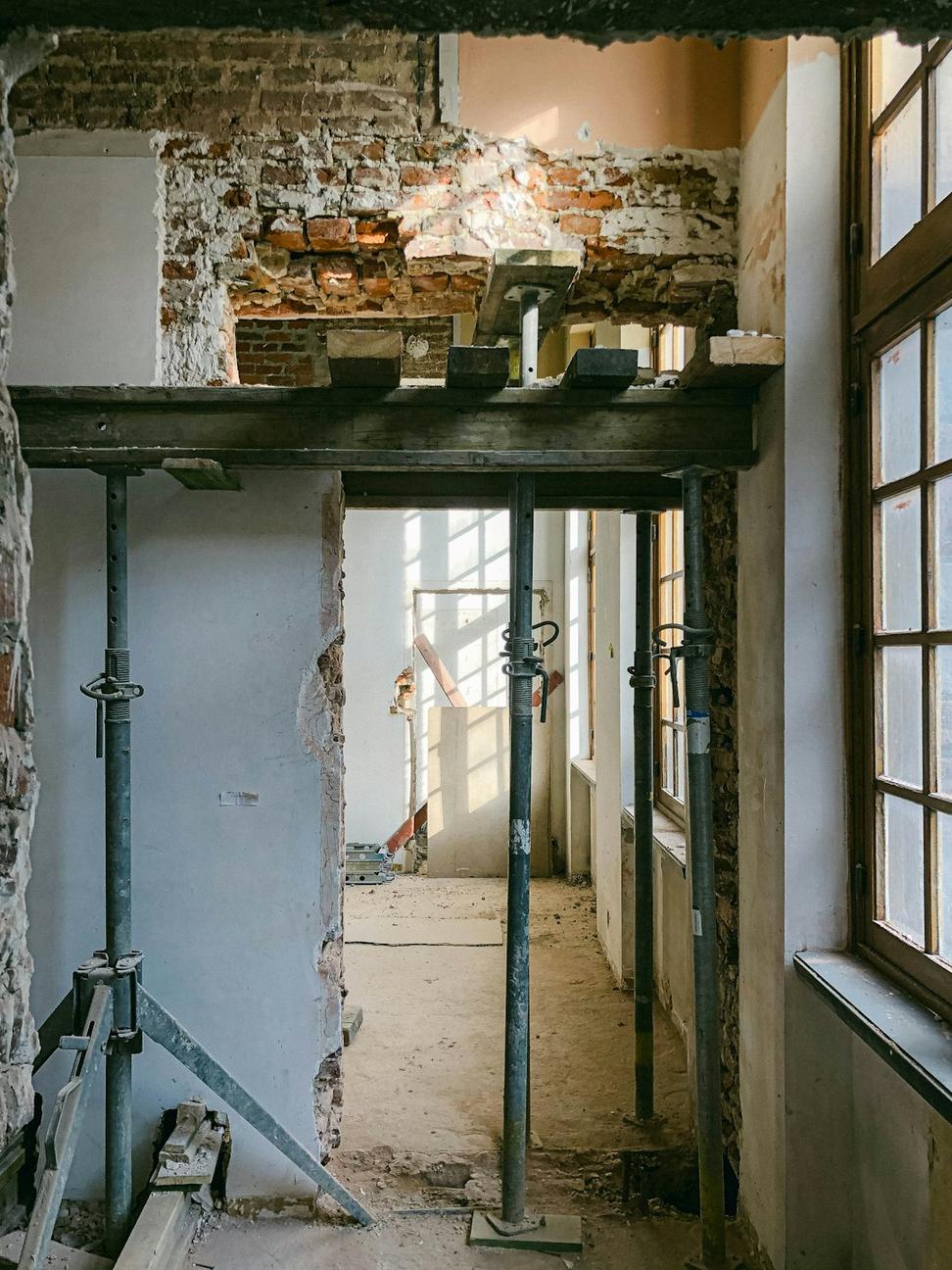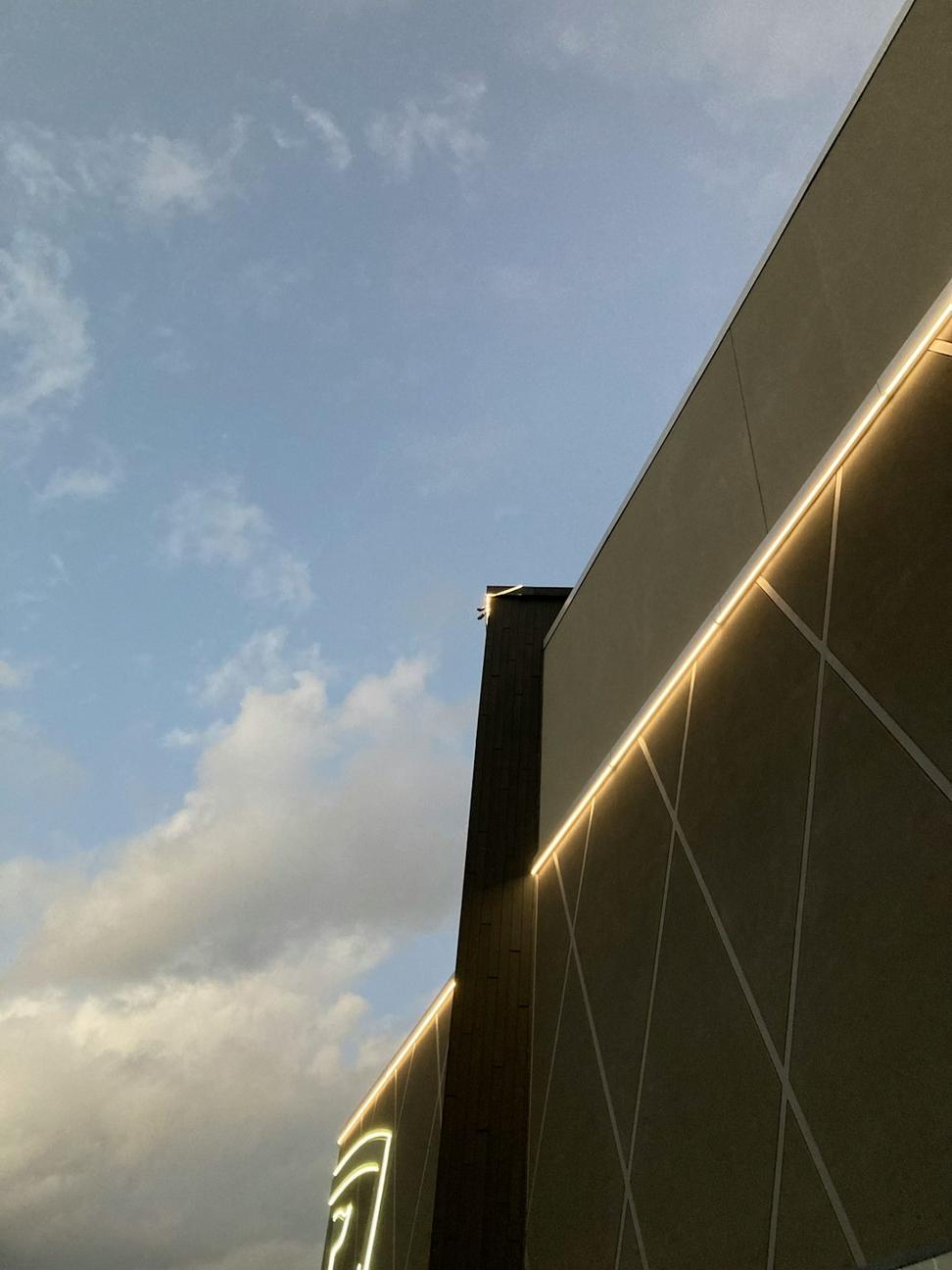Building Tomorrow While Honoring Yesterday
Look, we're not gonna pretend sustainability is just some checkbox we tick off. It's literally baked into everything we do - from the 1920s courthouse we restored last year to the net-zero office space we're wrapping up next month.
47+
LEED Projects89%
Avg. Energy Reduction12yr
In Sustainable Design